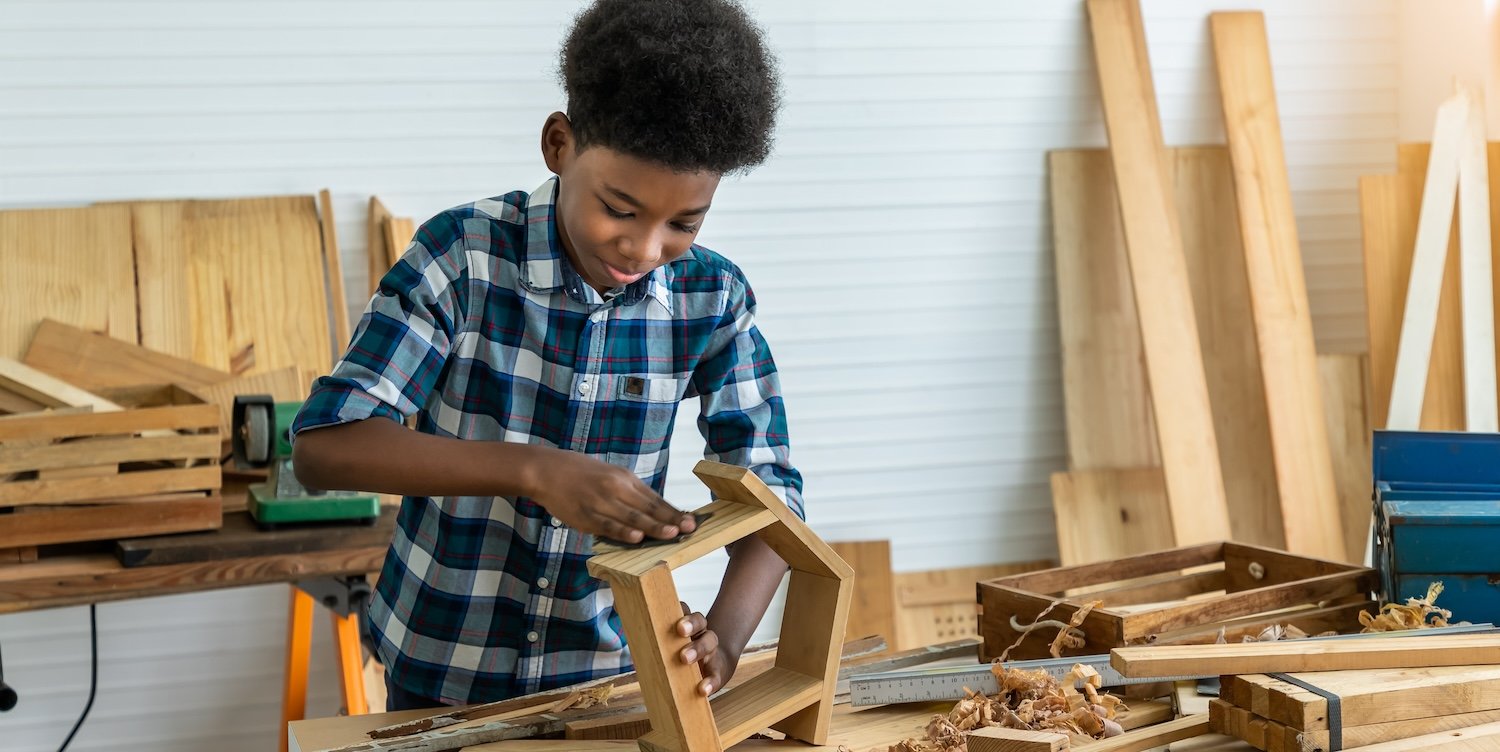Helping Boys Find Truth Online
.png)
In our connected world, information is shared faster than ever before. Initial reports of the Beirut explosion in August 2020 started with accounts of terrorism and bombing before it was discovered much later that ammonium nitrate stored at the port was found to be the cause. Countless celebrities have posted responses to reports of their own deaths.
Since the advent and explosion of social media, information has been more abundant, fast-paced, and varied. The use of social media grew and as it did, users moved from sharing pictures of their pets on Twitter, Facebook, Instagram, and Snapchat to sharing news articles that confirm their beliefs of the world. Whereas in the past, news came from national or local newspapers or television stations, now online news platforms, bloggers, and social media influencers have joined the mix leaving the work of deciding the accuracy and reliability of information to the reader instead of an editor. With more and more young people getting their news from Snapchat or Twitter, their ability to distinguish credible news from entertainment news is put to the test. On the brink of a presidential election, being able to discern fact from opinion or research-based news from attention-grabbing clickbait has become not just a useful skill, but an essential one.
A 2018 Pew Research survey found that most teens (95%) have access to a smartphone and that most teens regularly use at least one social media platform. In addition to sharing memes and photos, many teens report that they get news and information about current events from social media.
Posting news stories on social media isn’t always about sharing accurate information, but rather about sharing information first. Everyone wants to break a big story. Whereas journalists have a professional responsibility to fact check information and use multiple, credible sources when reporting on a story, those who write their own blog or simply post or tweet to their followers might not have the same standards. Often their goal is to post the story first thereby gaining more followers and in the cases of some, their goal is to craft a narrative around a story without knowing, or despite knowing all the facts. Other users who see this type of breaking news often want to share it without verifying its validity, further spreading a story that might later prove to be inaccurate or worse completely false. Boys can be particularly susceptible to the urge to share wild stories as they are often slower at developing impulse control and need frequent and consistent practice to master this skill.
While some social media sites have committed to more vigilance checking their users’ posts by labeling content as “containing disputed or misleading information,” others leave their users guessing about the validity. This means that it is left entirely to the social media consumer to discern what is an accurate post or story and what may be an entertainment article, an opinion piece, or worse, misinformation or disinformation. For many teens, this can be incredibly challenging.
Misinformation refers to information that is inaccurate but wasn’t created with malicious intent. Disinformation refers to information that is created and spread to influence and mislead the public. Both misinformation and disinformation are often packaged to look like authentic news articles and can be difficult to distinguish from accurate and reliable information. When reading anything online here are some important things to consider.
Authority.
Who is the author of the article? Readers should be able to see a person’s name or the name of a company or institution attached to the information. If the name of the author or supporting entity isn’t familiar; google it. Another clue about the author can be found in the URL. Sites that end in two-letter extensions like .com.co indicate that the site was created in another country (Colombia in this example) and that should inform how you interpret the article.
I always tell boys with whom I work, “if you are proud of something, you put your name on it.” A reader should be able to know who the author is and what her expertise or authority is relative to the article. Knowing this can help the reader identify any potential bias, so it’s important to know not only who authored an article, but who paid for it as well. All writing tends to have bias whether consciously or subconsciously, especially when dealing with controversial issues. While bias doesn’t necessarily negate the work of an author, it is an important consideration for the reader especially if an organization or the author has something to gain, financially or otherwise.
Fact check.
How accurate is the information? Are you able to find this information anywhere else? If something is reliable and true, it should be reported by more than one news site or by more than one author. It’s important to be able to triangulate information by using several different methods to collect and verify data. While that kind of research can take time – maybe more than the average social media user wants to spend – there are things you can do quickly to check accuracy. How old is the article? Is everything spelled correctly in the article? Do all the links work? Is the site filled with more ads than content? Any of these might indicate the amount of time, effort, and expertise of the author and should inform how much weight you give to the content. You might also consider using a fact-checking site like PolitiFact, FactCheck.org, or Snopes to double-check a story.
While it’s good to be skeptical, it’s also important to understand that some things are definitively true or definitively false. Sometimes young men can be so distrustful of news that they accept that anything could be possible. Their inability to decipher fact from propaganda leaves them with the impression that everything is gray and uncertain. However, some things are just true or false. If you evaluate the story and have verified the information in multiple different sources, believe it. If you can’t find any confirming support for a story, don’t believe it. Too much suspicion and distrust leads to not believing anything and that isn’t healthy either.
Pause before you share.
Take some time to check things out before your retweet, repost, or share an article. Often a story can change and evolve. More information can be gathered, more sources consulted, and then more accuracy achieved. It is better to share a full story rather than just bits of a story, especially when it can radically change over a relatively short amount of time. In that moment of pause, also consider whether it is worth posting at all. Many times not posting is the best option.
This political season is more fast-paced and polarized than any in history. The number of articles and information being shared can be overwhelming to even seasoned and savvy readers. For young men who are still figuring out what they believe and what they think politically, it’s important for them to read a wide variety of news, but even more important to evaluate the accuracy of that news. It is a skill that takes time and practice. Luckily for boys in the information age, they will have plenty of chances to practice. As adults in their lives, we need to start this conversation with them and continue to have it. Share ways that you think about news and how you evaluate information. Talk about a time you were skeptical about something you read and if you were eventually proven right in your skepticism. Talk about a time that an outrageous headline was true. All of your experiences can help the boys in your life to think more critically about their own media consumption.
Subscribe to the Boys Education Series on iTunes or Stitcher
Lisa Ulery, the Director of Technology and Libraries at University School, has over 15 years of teaching and library experience in both public and independent schools. With a master's degree Instructional Technology, she is passionate about helping teachers and students balance their technology-rich lives.

%202.jpeg)

